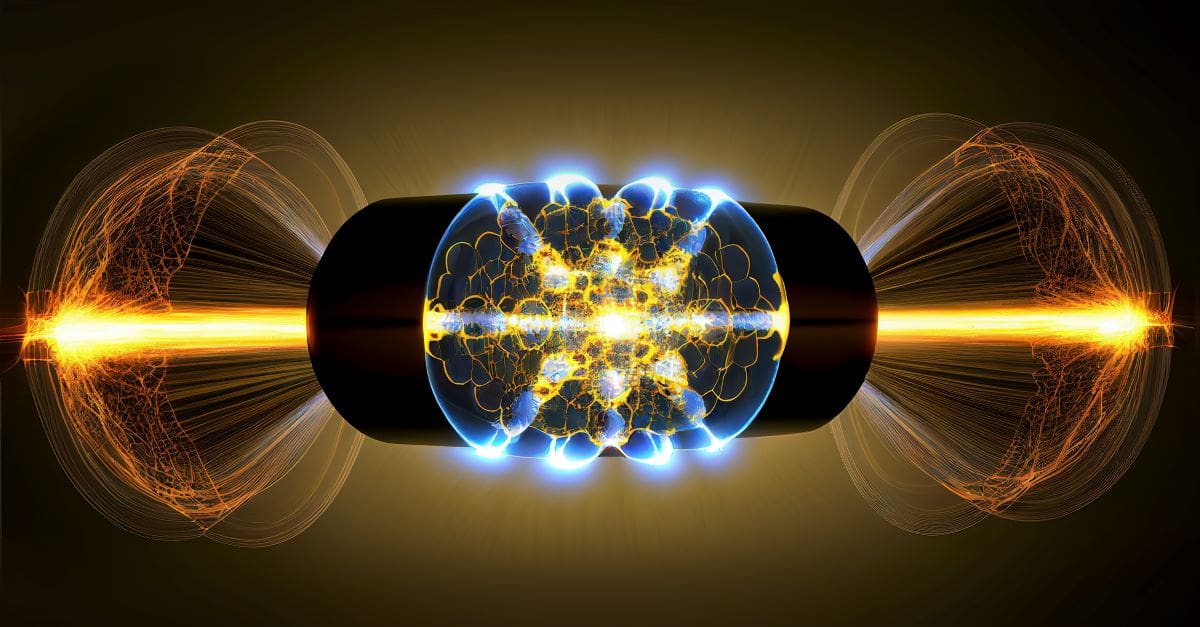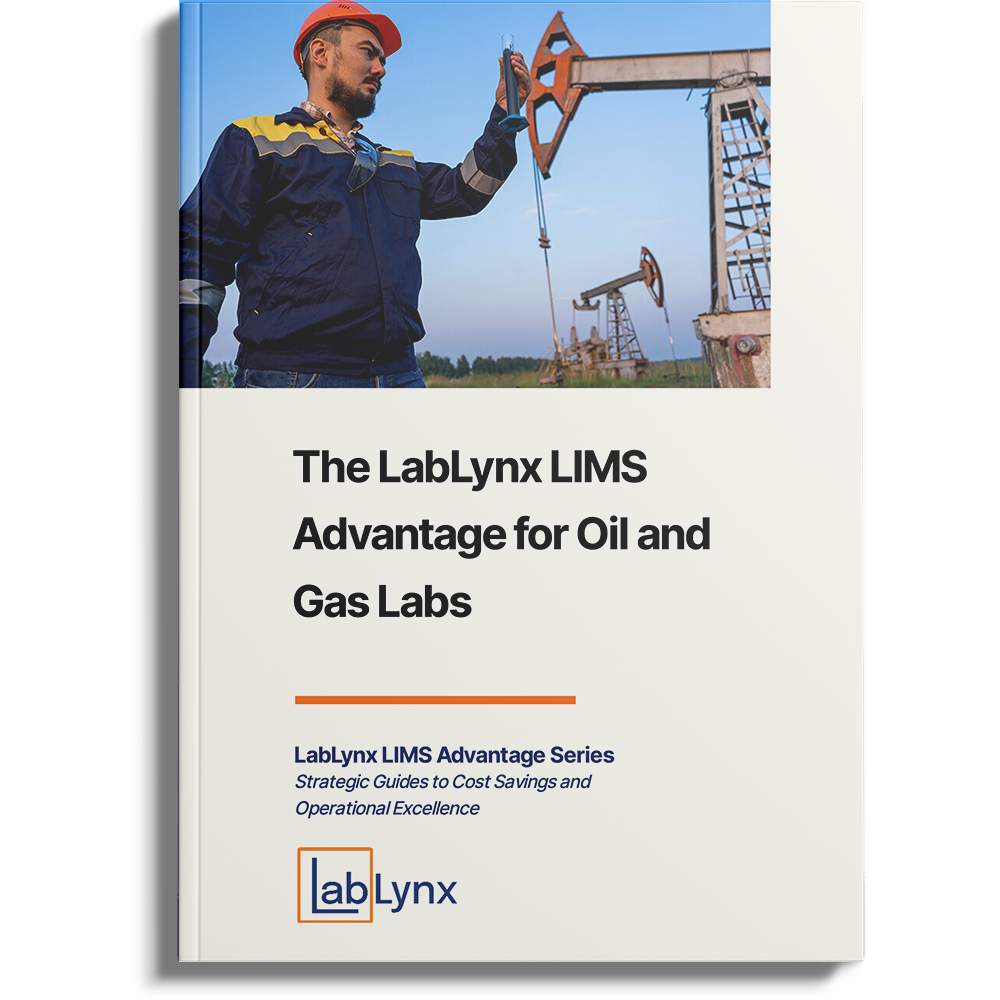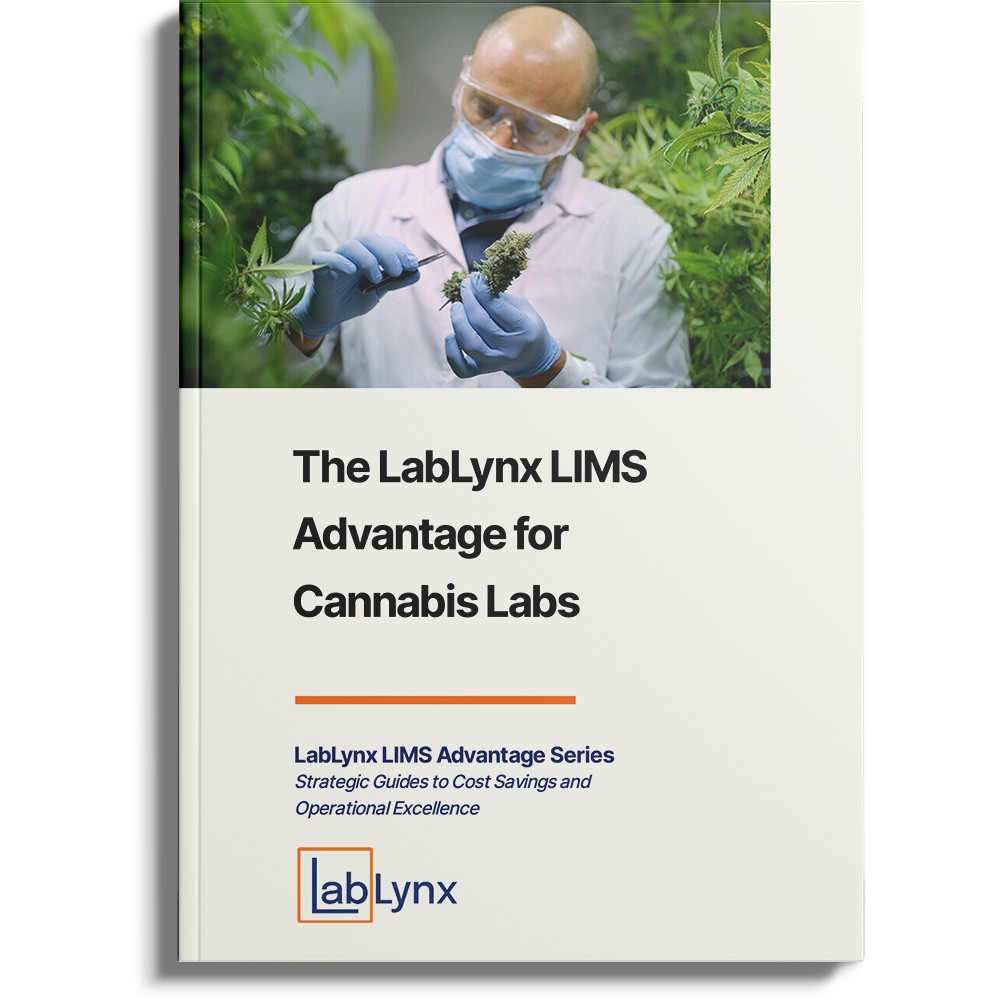
Imagine waiting a lifetime for an idea to become a reality, and then it is over in 100 trillionths of a second.
That’s exactly what happened to a group of scientists at the National Ignition Facility at Lawrence Livermore National Laboratory in California at 1:03 a.m. on December 5, 2022, when 192 giant lasers blasted a tiny cylinder of hydrogen and achieved an energy gain known as ignition, a major breakthrough in nuclear fusion.
What is nuclear fusion?
Nuclear fusion is the process that gives the Sun and other stars their energy. In its simplest explanation, when two atoms of a light element are heated and combine to form a single heavier element, the nuclear reaction produces massive amounts of energy, which can be captured.
The process may sound simple, but getting two atoms of the same element to combine is actually quite challenging because the atoms have the same positive charge and naturally repel each other. It takes a lot of energy to prevent this resistance. The temperature and pressure on the Sun and other stars make this process look easy, but scientists have spent decades trying to recreate the conditions that make fusion possible.
Research at Lawrence Livermore National Laboratory
In the 1960s, a group of scientists at Lawrence Livermore National Laboratory (LLNL), led by physicist John Nuckolls, hypothesized that lasers could be used in a laboratory setting to induce fusion. The idea became known as inertial confinement fusion and countered the magnetic confinement fusion idea developed by Soviet scientists in the 1950s.
The LLNL built a series of increasingly powerful laser systems and developed decades of research in lasers, optics, target fabrication, computer modeling, and experimental design to prove the idea of inertial confinement. With a $3.5 billion investment from the federal government, construction began in 1997 to add the National Ignition Facility (NIF) to the Lawrence Livermore campus.
A 10-story tall building that spans the distance of three football stadiums, the NIF first opened in 2009 and is home to the world’s most powerful laser system. The NIF’s primary purpose is to conduct small-scale bangs that resemble nuclear weapons and to produce data for the Department of Energy’s National Nuclear Security Administration to verify the integrity of aging nuclear warheads without explosive testing. Fusion ignition experiments began in 2011.
For three years, the scientists working at Lawrence Livermore at the NIF were unsuccessful in generating any fusion at all. There was a small success in 2014 when researchers produced energy that only amounted to what a light bulb consumes in a few minutes. The team focused their efforts on improving the energy of the lasers to over two megajoules and redesigning the hydrogen targets, finally producing a much larger energy burst in August 2021.
While results in 2021 were promising, there was still one major challenge to overcome. In all fusion experiments to date, more energy was consumed than the fusion reactions generated. That is, until December 2022.
Nuclear fusion breakthrough: Monday, December 5, 2022
In the early morning hour of Monday, December 2, 2022, the NIF researchers fired up their 192 lasers and aimed them at a centimeter-long cylinder made of gold and depleted uranium called a hohlraum, filled with a diamond capsule of deuterium and tritium, heavier forms of hydrogen. The 2.05 megajoules of laser energy heated the container to a temperature hotter than the surface of the sun, causing the diamond to vaporize and hydrogen atoms to fuse and release energy.
In less time than it takes for light to travel one inch, the experiment produced 3.15 megajoules of energy, roughly a 50 percent gain, and crossed the threshold of ignition, the line where the energy generated by fusion equals the energy needed to start the reaction.1
Fusion’s role in power production and clean energy
Nuclear fusion uses abundant forms of hydrogen which can be extracted from seawater and lithium, which is found in the Earth’s core. Unlike fission, which is currently being used to generate power in nuclear power stations, fusion does not produce highly radioactive waste or greenhouse gases, which are responsible for climate change.
Fusion would essentially be an emissions-free source of power, using fuel supplies that could last for millions of years, and it could entirely eliminate the need for power plants burning coal and natural gas. While fusion power may fall short in helping America meet its goal of net zero emissions by 2050, it is a giant step in the right direction.
More research is needed before fusion is a practical solution
Although fusion ignition was achieved, it still required more than 300 megajoules of electricity to power the lasers that produced the 2.05 megajoules of ultraviolet laser light that generated the 3.15 megajoules of energy. Plus, the lasers at NIF rely on decades-old technology and can only fire about 10 shots per week. To produce enough energy to power an entire grid would require faster-paced firing, perhaps 10 times per second. Not to mention that not only do containers of hydrogen used at NIF cost tens of thousands of dollars but also to make a viable power plant, those would need to cost pennies.
Then there is the issue of available fuel. While nuclear fusion scientists argue lithium is an ample resource, which it is, tritium is not. Tritium only exists naturally in trace amounts in the upper atmosphere, the result of cosmic ray bombardment.2 Scientists hope to produce tritium from lithium 6, but right now it’s only produced in quantity in North Korea, China, and Russia, for use in nuclear weapons.3 Tritium could be created from the fusion reactor, but there may not be enough tritium to get the first power plant up and working.
While more research is needed and will require a large financial investment to address the technological, engineering, and fuel issues that remain, the long-term potential of nuclear fusion is immense. A pile of coal might generate enough electricity to last a few minutes, but the same quantity of fusion fuel could generate power for years, with no carbon emissions.
Kimberly S. Budil, the director of Lawrence Livermore, said of fusion during a national news conference on December 6, 2022, “I think it’s moving into the foreground and probably, with concerted effort and investment, a few decades of research on the underlying technologies could put us in a position to build a power plant.”
Resources
1 https://www.energy.gov/articles/doe-national-laboratory-makes-history-achieving-fusion-ignition
2 https://www.science.org/content/article/fusion-power-may-run-fuel-even-gets-started
3 https://news.newenergytimes.net/2022/06/11/the-absurd-absence-of-fuel-for-nuclear-fusion/




